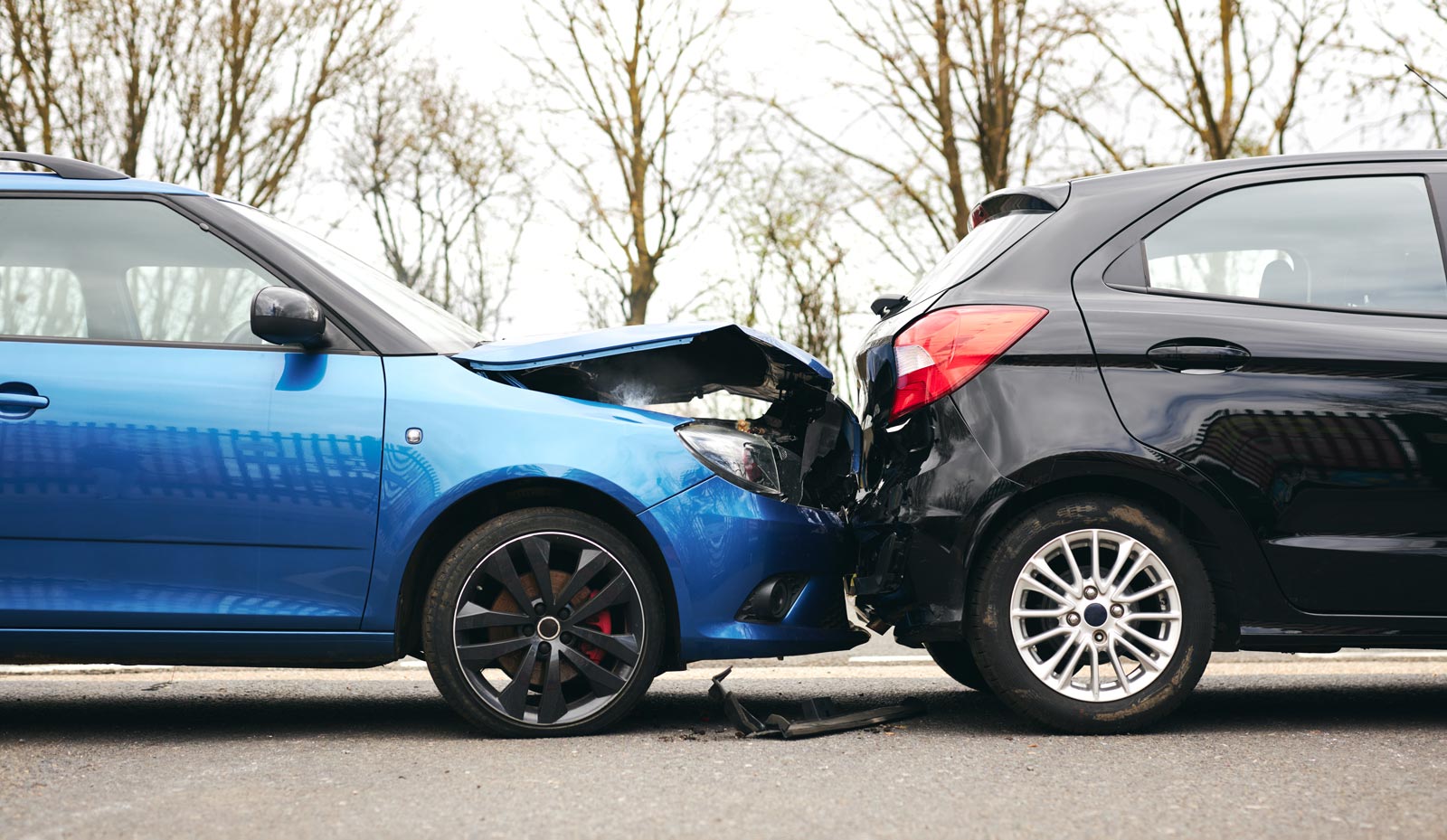It’s a parent’s worst nightmare: a reckless driver smashes into their car while they’re taking their child to school. Besides the challenge of filing an insurance claim and tending to their own injuries, they also have to care for a child who may be injured, scared, and confused. Thankfully, you don’t have to struggle alone.
At Crosley Law, we have a long history of working with San Antonio and Texas’ youngest victims. In this article, we’ll outline everything you need to know about a child’s car crash claims.
Children Are Particularly Vulnerable During a Car Crash
The World Health Organization reports that car wrecks are one of the top causes of childhood death, especially for those between the ages of 10 and 19. Whether they are a passenger, pedestrian, or riding a bicycle, a child is incredibly vulnerable during a collision; their bodies cannot tolerate the same forces as an adult’s body.
Children often suffer from the following injuries during a wreck:
- Traumatic brain injuries (TBIs) and concussions
- Thoracic and chest injuries, such as broken ribs and collapsed lungs
- Back and neck pain
- Facial injuries
- Anxiety and depression
- Post-traumatic stress disorder (PTSD)
Unlike an adult, a child may be unable to explain or describe their injuries, so it’s important to have your child examined by a doctor after a wreck. A physician may be able to identify injuries or conditions that would otherwise go untreated.
Additionally, it can be difficult to fully understand an injury’s impact on a child. For example, our brain continues to develop until we reach our mid-twenties. When a child suffers a traumatic brain injury, we may not fully understand how it will affect their cognitive function and development in the future. However, the right neuropsychologists and experts can help us get a better picture and build an age-appropriate rehabilitation plan.
The Essentials of Texas’ Child Safety Seat Laws
According to a study published in the Journal of Pediatrics, 20% of children who were involved in fatal car crashes were not buckled in appropriately or were not wearing a seat belt at all. When a crash happens, a person without a seat belt will move at the same speed the car was traveling at before the collision, causing catastrophic injuries.
Under Texas law, anyone under the age of eight years old must travel in a car seat, unless they are taller than 4’9”. You should always choose a car seat or booster that is age-appropriate for your child. The American Academy of Pediatrics (AAP) suggests the following guidelines:
- Rear-facing car seat or infant seat: keep infants and children rear-facing for as long as possible; you can transition them to a front-facing seat once they reach 40 pounds.
- Front-facing car seat: children should stay in their front-facing car seats as long as they are within the seat’s height and weight limits; many seats will accommodate a 60- or 65-pound child.
- Booster seat: the AAP says that kids should stay in a booster until they reach the age of 12 or are at least 4’9”.
When you choose a car seat for your child, look at the car seat expiration date located on the bottom of the seat. Over time, the components of a car seat can break down, making it less effective in a crash. Once a car seat expires, it may not keep your child safe during a wreck. You should also keep an eye out for car seat recalls—and never use a defective or damaged car seat.
“Under Texas law, anyone under the age of eight years old must travel in a car seat, unless they are taller than 4’9”.”
Finally, before taking your child on a trip, make sure you install their car seat properly following manufacturing instructions and secure your child into the seat by tightening the seat’s harness. A loose harness cannot hold a child down during an accident.
What Should I Do If My Child Is Hurt in a Car Wreck?
After a crash, call 911, request emergency assistance, and cooperate with the police investigation. Then, it’s time to focus on your child’s health and wellness. Make sure your child’s doctors understand the circumstances surrounding the crash and tell them about your child’s symptoms and your concerns. This information will help your child’s medical team identify their injuries and treat them.
Before you file a claim or agree to a settlement, you should also consult with an experienced injury lawyer. It’s easy to undervalue a child’s car wreck claim since their damages aren’t always clear cut. At Crosley Law, we offer free, no-risk consultations, so there’s no reason why you shouldn’t speak with a lawyer.
Crosley Law Represents Child Victims of Car Accidents
The Crosley Law team has a long history of fighting for children who were injured by at-fault drivers. If your family is struggling after a car wreck, contact us today. We’ll listen to your story, educate you about your options, and suggest ways you can protect your child now and into the future.
Call us today at 210-LAW-3000 | 210-529-3000 or complete this brief online contact form to schedule your free consultation.
References
Children and road traffic injury (n.d.) World Health Organization. Retrieved from https://www.who.int/violence_injury_prevention/child/injury/world_report/Road_traffic_injuries_english.pdf
Children injured in motor vehicle traffic crashes. (2010, May). U.S. Department of Transportation. National Highway Traffic Safety Administration. Retrieved from https://crashstats.nhtsa.dot.gov/Api/Public/ViewPublication/811325
Child passenger safety information. (2019). Texas Department of Public Safety. Retrieved from: https://www.dps.texas.gov/director_staff/public_information/carseat.htm
Greenwell, N. K. (2015, May). Results of the national child restraint use special study. National Highway Traffic Safety Administration. Retrieved from: https://crashstats.nhtsa.dot.gov/Api/Public/ViewPublication/812142
Wolf, L., Chowdhurry, R., Tweed, J., Vinson, L., Losina, E., Haider, A., Qureshi, F. (2017, May 8). Factors associated with pediatric mortality from motor vehicle crashes in the United States: A state-based study. The Journal of Pediatrics, (187). Page 1- Page 8. Doi:295-302.e3. Retrieved from https://www.jpeds.com/pb/assets/raw/Health%20Advance/journals/ympd/9153Wolf.pdf
The content provided here is for informational purposes only and should not be construed as legal advice on any subject.









